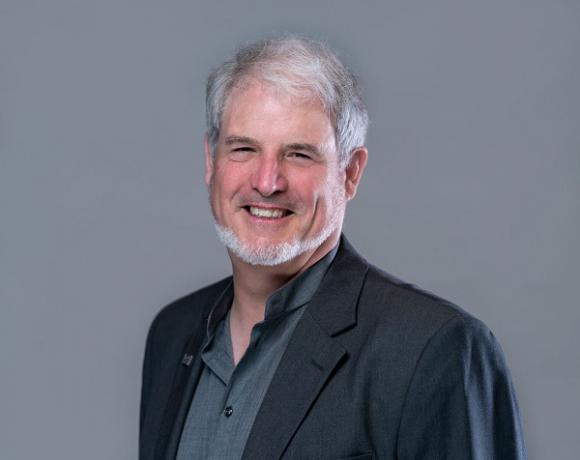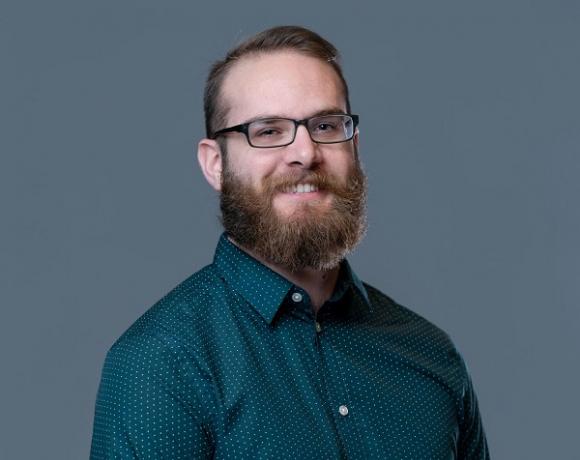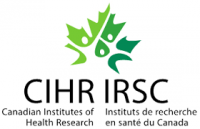Dr. Calum MacAulay’s research interests are predominately in the areas of early cancer detection localization and management. Some of the technologies Calum’s laboratory have developed in this area are an autofluorescence (AF) imaging system (LIFE) which is 2X to 6X more sensitive for the detection and localization dysplasia & CIS lesions of the lung. This technology is approved for clinical use (US, Canada, Europe, Japan, etc.) and won the 1998 "Friesen-Rygiel" prize for outstanding Canadian discovery. This technology has been extended by our group to the GI tract, cervix, oral and skin sites.
Similarly his team was part of the group that invented and developed a direct fluorescence visualization (FV) device (VELScope, LED Dental) for oral cancer. This FV technology has been translated into the clinic and dental office community. Multiple FV devices have Health Canada, FDA, European and other jurisdiction approval. It has led a drive for the increased awareness of oral cancer screening in the dental community. In North America it is becoming an accepted part of the screening process. Recently its use for the determination of the oral cancer surgical field has led to a great reduction in local recurrence (from 30% down to ~5%) along with a reduction of nodal metastasis and mortality.
My laboratory is part of the team here at the BCCRC which has also coupled AF imaging with Optical Coherence Tomography (OCT, like ultrasound but using light and having a higher resolution but shallower penetration into tissue) imaging into a ~1mm diameter catheter system, which can generate co-registered AF and OCT images. This enables for the first time the synergy of biochemical (AF) and structural imaging (OCT) from the lung periphery in vivo in real time at very high resolution 10-20um. Recently the team added high resolution RGB imaging to the ~1mm probe. The team is investigating the utility of detecting and localizing early cancers and cancers in the lung, cervix, oral cavity and fallopian tubes with this technology.
His other major interest is in the area of digital pathology, where he is part of the team that developed an automated image analysis system for quantitatively stained cytology samples (cervix, lung, oral, prostate) to screen for early cancer. This technology is licensed and commercialized by a number of companies; it has gotten health Canada approval for screening for lung cancer in sputum samples and for screening oral cancer oral dysplasia in cytological brushings. In China they are using it with the appropriate regulatory approvals, to screen for cervical cancer. Also as part of the laboratories efforts we are extending this technology for the analysis of lung, prostate and breast pathology sections for the prediction and prognosis patient’s cancers.
He recently developed a fast compact hyper spectral light source for microscopy as part of a hyperspectral whole slide scanner, enabling the rapid whole slide hyperspectral imaging of multilabeled tissue. Most recently the group is using this approach to quantify the interaction of the tissue microenvironment and immune cells with tumour cells to predict outcomes (prostate, breast and lung) and response to treatment (prostate and lung).






